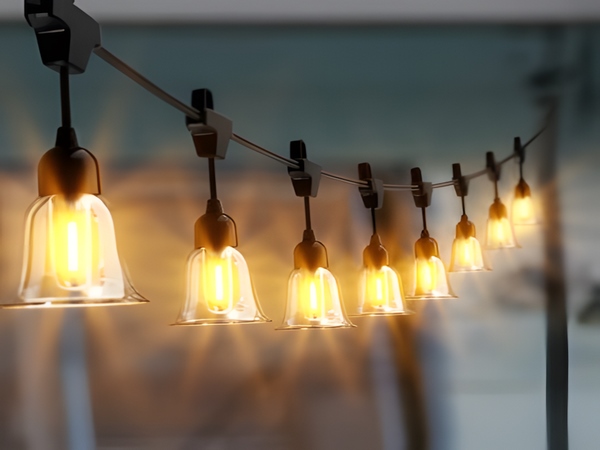
This section introduces the origin and components of courtyard lights. Over time, courtyard lights have evolved into various types based on usage environment and design style. They are categorized into three main types:
European courtyard lights, modern courtyard lights, and classical courtyard lights.

European courtyard lights:
Their design styles often incorporate art elements from European countries in an abstract form. For example:
crown courtyard lights.
Modern courtyard lights:
Their design style primarily uses modern artistic elements, showcasing a minimalist approach. For instance:
spring bud courtyard lights.
Classical courtyard lights:
Their designs often utilize classical Chinese elements, adapted and modified, such as palace lanterns. These three types of courtyard lights reflect different styles, and most manufacturers develop them to meet the design styles of urban buildings.
Courtyard lights consist of four main components:
1. Light source
The light source is a crucial component of all lighting products. Based on different illumination requirements, various brands and types of light sources can be selected. Common types of light sources include energy-saving lamps, fluorescent lamps, sodium lamps, metal halide lamps, ceramic metal halide lamps, and new LED sources. Each light source has its own characteristics.
2. Lamp body
The lamp must have over 80% reflectivity and a transparency of over 90% for the light cover. A high IP rating is essential to prevent insects and rainwater infiltration. It should also feature a rational light distribution shade and internal structure to prevent glare affecting pedestrians and vehicles. The assembly process includes cutting wires, soldering lamp beads, making lamp boards, testing lamp boards, applying thermal conductive silicone, securing lamp boards, soldering wires, securing reflectors, installing glass covers, attaching plugs, connecting power lines, testing and aging, inspection, labeling, packing, and warehousing.
3. Lamp post

The main materials for courtyard lamp posts include: equal-diameter steel pipes, irregular steel pipes, equal-diameter aluminum pipes, cast aluminum lamp posts, and aluminum alloy lamp posts. Common diameters include Φ76, Φ89, Φ100, Φ114, and Φ140. Depending on the height and usage location, the thickness of the selected materials varies: wall thickness of 2.5, wall thickness of 3.0, and wall thickness of 3.5 (these are standard sizes).
4. Foundation
The flange plate is a vital component for mounting the courtyard lamp post to the ground. Installation of the courtyard light: Before installing, a foundation cage needs to be welded from M16 or M20 (common sizes) screws based on the standard flange plate size provided by the manufacturer. After excavating a pit of appropriate size at the installation site, place the foundation cage inside, level it, and pour cement concrete to secure the cage. After 3-7 days, when the concrete has sufficiently set, the courtyard light can be installed. (Note: When pouring the foundation for the courtyard light, the embedded conduits must be laid out).
Street lights—
A manufacturer specializing in outdoor lighting, focusing on technological quality as a core competitive advantage. If you are interested in outdoor engineering lighting or have any inquiries, feel free to reach out.



